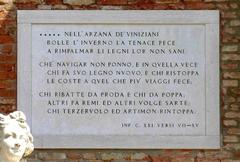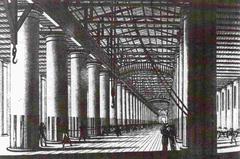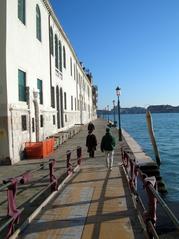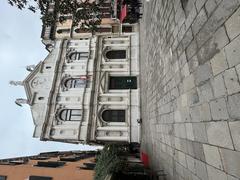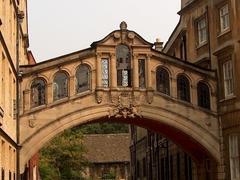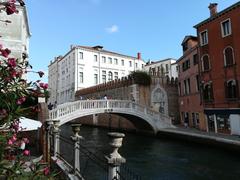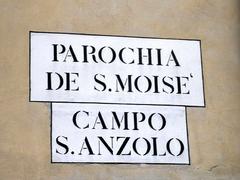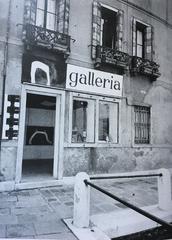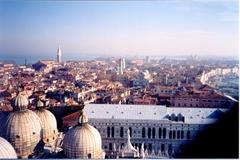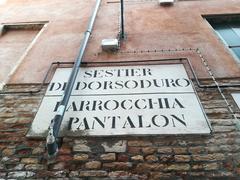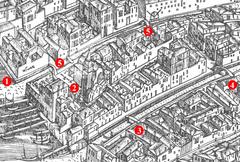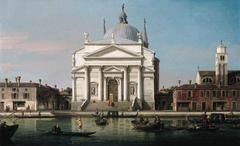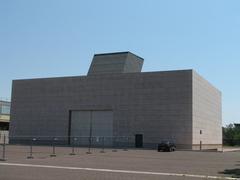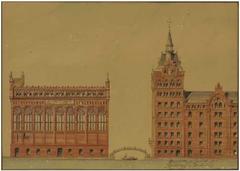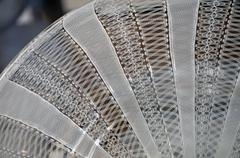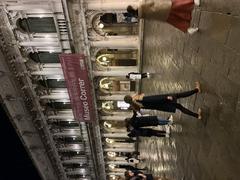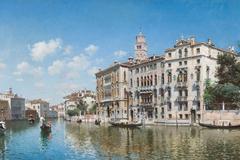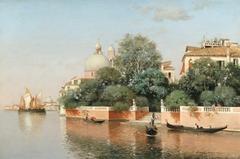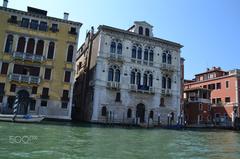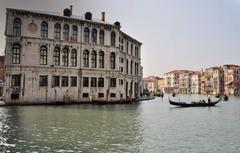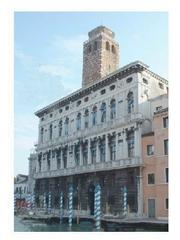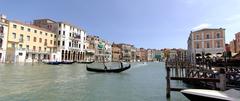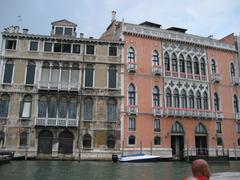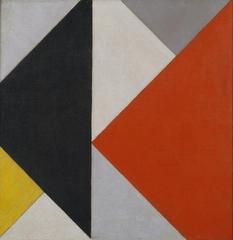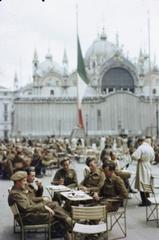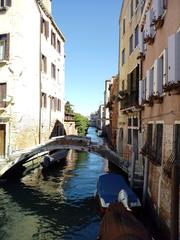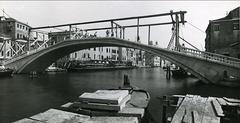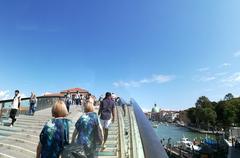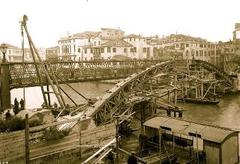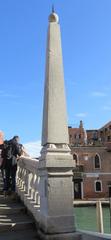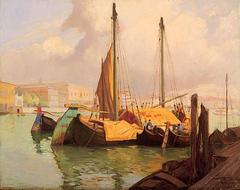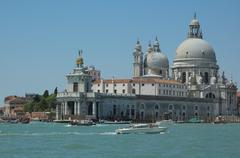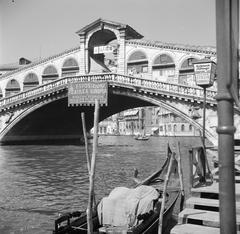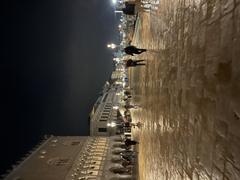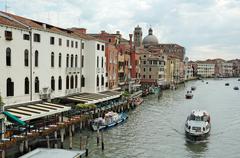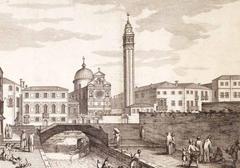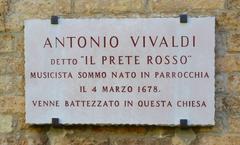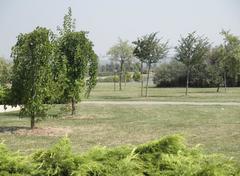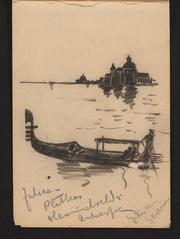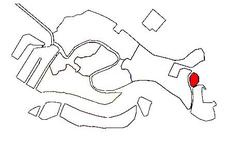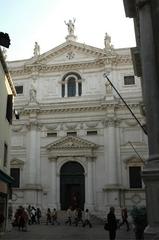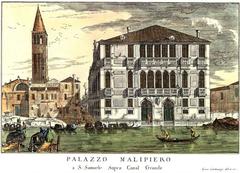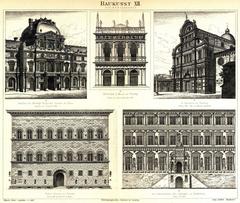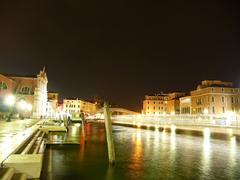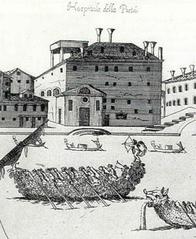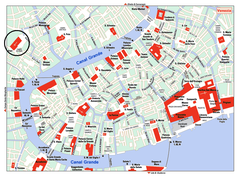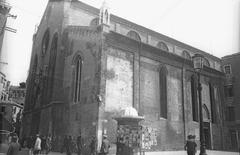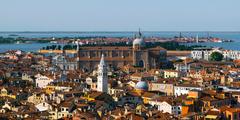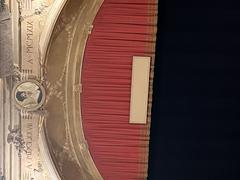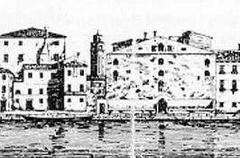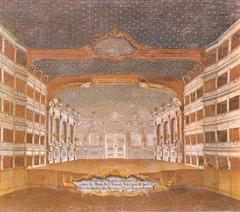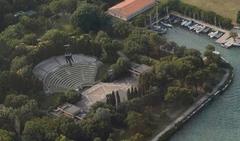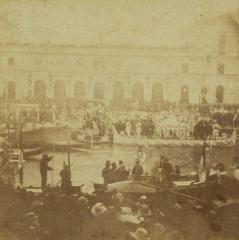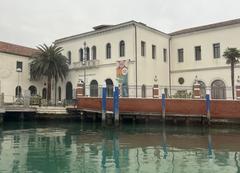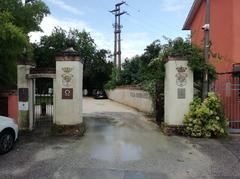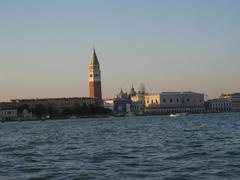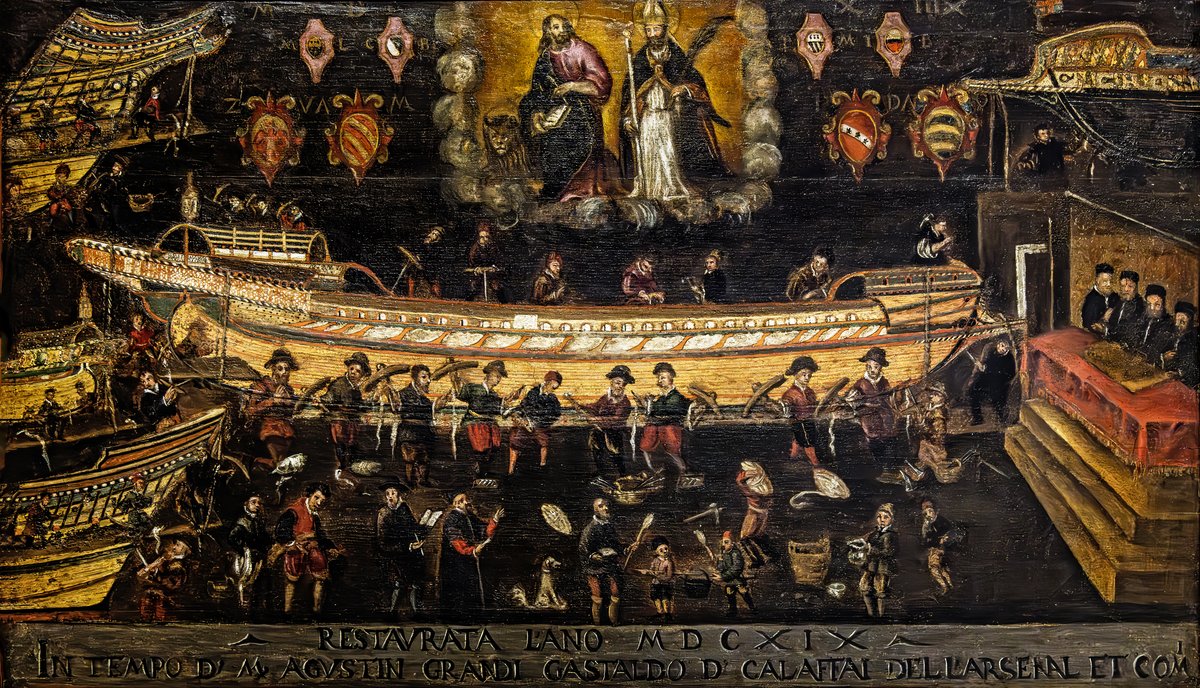
Venetian Arsenal Visiting Hours, Tickets, and Historical Insights
Date: 17/07/2024
Introduction
The Venetian Arsenal, or ‘Arsenale di Venezia,’ stands as a monumental testament to Venice’s maritime supremacy and industrial ingenuity. Established in 1104, this historic shipyard and armory played a pivotal role in establishing Venice as a dominant maritime power in the Mediterranean. By the 14th century, it had burgeoned into the largest industrial complex in Europe, covering an impressive 45 hectares (Britannica). The Arsenal’s innovative assembly-line production methods, which predated the Industrial Revolution, revolutionized shipbuilding and enabled the rapid construction of fully equipped galleys, essential for Venice’s military and commercial endeavors (History). Today, the Venetian Arsenal continues to captivate visitors with its rich history, architectural splendor, and cultural significance. This comprehensive guide provides insights into the Arsenal’s historical development, architectural marvels, and essential visitor information, making it a must-visit destination for anyone exploring Venice’s illustrious past.
Table of Contents
- Introduction
- Origins and Early Development
- The Arsenal’s Role in Venetian Dominance
- Innovations and Industrial Techniques
- The Arsenal in the Renaissance
- Decline and Transformation
- The Arsenal Today
- Key Historical Figures
- Architectural Significance
- Cultural Impact
- Preservation Efforts
- Visitor Information
- Special Events and Guided Tours
- Photographic Spots
- FAQ
- Conclusion
Discover the Venetian Arsenal - History, Visiting Hours, and Tickets
Origins and Early Development
The Venetian Arsenal was established in 1104 as a modest shipbuilding facility. Its strategic importance quickly became apparent, leading to significant expansions over the centuries. By the 14th century, it had evolved into the largest industrial complex in Europe, covering an area of approximately 45 hectares (110 acres) (Wikipedia).
The Arsenal’s Role in Venetian Dominance
The Arsenal was instrumental in establishing Venice as a dominant maritime power in the Mediterranean. The famed Venetian galleys constructed here were essential for both trade and military purposes. At its peak, the Arsenal employed around 16,000 workers, known as “Arsenalotti,” who were responsible for various aspects of shipbuilding, from carpentry to metalwork (Britannica).
Innovations and Industrial Techniques
One of the most remarkable aspects of the Venetian Arsenal was its advanced industrial techniques. Pioneering the use of assembly-line production methods long before the Industrial Revolution, the Arsenal could produce a fully equipped galley in a single day during times of war (History).
The Arsenal in the Renaissance
During the Renaissance, the Arsenal continued to be a center of innovation and technological advancement. It developed the “galea sottile,” a lighter and faster version of the traditional galley, which proved to be highly effective in naval battles. The Arsenal also played a crucial role in the development of new navigational instruments and techniques (Britannica).
Decline and Transformation
The decline of the Venetian Republic in the late 18th century marked the beginning of the Arsenal’s decline. The rise of new maritime powers and the advent of steam-powered ships rendered the traditional shipbuilding techniques obsolete. By the 19th century, the Arsenal had largely ceased its shipbuilding activities and was repurposed for other uses, including serving as a naval base for the Italian Navy (History).
The Arsenal Today
Today, the Venetian Arsenal offers visitors a glimpse into Venice’s illustrious maritime past. While much of the Arsenal is still used by the Italian Navy, several sections have been opened to the public and are used for cultural events, including the Venice Biennale. Key attractions include the impressive gates, known as the “Porta Magna,” and the historic shipbuilding docks. For visiting hours and ticket prices, please check the official website regularly.
Key Historical Figures
Several notable figures are associated with the history of the Venetian Arsenal. One of the most prominent is Francesco Morosini, a Venetian admiral who played a crucial role in the defense of the Republic during the 17th century. Morosini’s strategic use of the Arsenal’s resources was instrumental in several key naval battles (Francesco Morosini).
Architectural Significance
The Venetian Arsenal features a blend of Gothic and Renaissance architectural styles, reflecting the various periods of its construction and expansion. The “Porta Magna,” designed by Antonio Gambello in the mid-15th century, is a prime example of Renaissance architecture (Antonio Gambello).
Cultural Impact
The Arsenal has had a lasting impact on Venetian culture and identity. It is frequently referenced in Venetian literature and art, symbolizing the city’s maritime heritage and industrial prowess. The Arsenal’s legacy is also evident in the numerous naval museums and exhibitions in Venice (Venice Tourism).
Preservation Efforts
Efforts to preserve and restore the Venetian Arsenal have been ongoing for several decades. These efforts aim to maintain the historical integrity of the site while making it accessible to the public. Restoration projects have focused on repairing the Arsenal’s historic buildings and docks, as well as creating new exhibition spaces (Venice Tourism).
Visitor Information
- Visiting Hours - The Venetian Arsenal is open to visitors during specific hours. Please check the official website for up-to-date information.
- Tickets - Ticket prices vary depending on the type of visit (e.g., guided tours, special events). It is advisable to purchase tickets in advance online.
- Travel Tips - Wear comfortable shoes, as the Arsenal complex is extensive. Consider joining a guided tour to gain deeper insights into its history and significance.
- Nearby Attractions - After visiting the Arsenal, explore other historical sites in Venice, such as the Doge’s Palace and St. Mark’s Basilica.
- Accessibility - The Arsenal is partially accessible to visitors with disabilities. Check the official website for detailed accessibility information.
Special Events and Guided Tours
The Venetian Arsenal hosts several special events throughout the year, including cultural festivals and exhibitions. Guided tours are available and highly recommended for those interested in a comprehensive understanding of the site’s history and significance.
Photographic Spots
The “Porta Magna” and the historic shipbuilding docks are perfect spots for photography. Capture the blend of Gothic and Renaissance architecture and the serene waters surrounding the Arsenal.
FAQ
-
What are the Venetian Arsenal’s visiting hours? Visiting hours vary; please visit the official website for the most current information.
-
How much are tickets to the Venetian Arsenal? Ticket prices vary depending on the type of visit. Check the official website for details.
-
What is the best way to visit the Venetian Arsenal? The best way to visit is by joining a guided tour for a detailed understanding of its history.
Conclusion
The Venetian Arsenal is a testament to Venice’s maritime dominance and industrial ingenuity. Its rich history, architectural significance, and cultural impact make it a must-visit destination for anyone interested in Venice’s history. Plan your visit today and immerse yourself in the legacy of this iconic historical site.
References
- Venetian Arsenal. (n.d.). In Wikipedia. Retrieved from https://en.wikipedia.org/wiki/Venetian_Arsenal
- Venetian Arsenal. (n.d.). In Britannica. Retrieved from https://www.britannica.com/topic/Arsenal-Venetian
- Venetian Arsenal. (n.d.). In History. Retrieved from https://www.history.com/topics/renaissance/venetian-arsenal
- Venetian Arsenal. (n.d.). In Venice Tourism. Retrieved from https://www.venice-tourism.com/en/venetian-arsenal


